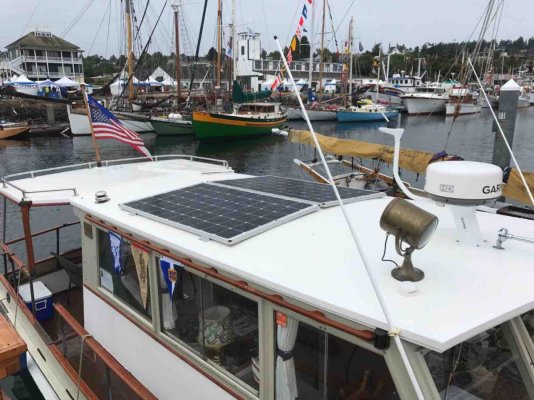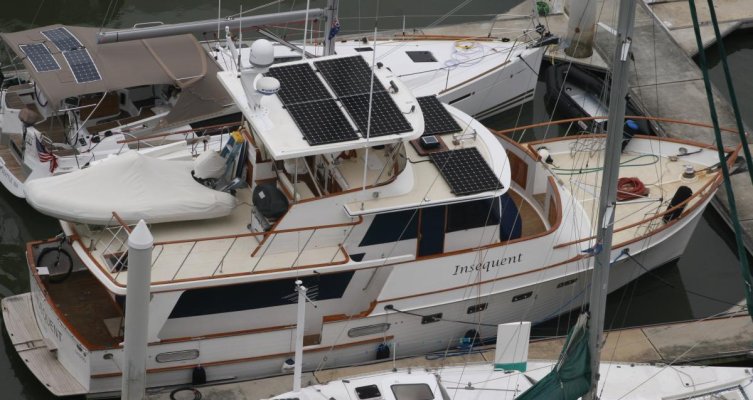The ABYC really discourages the use of these generators in on-board applications for two very important reasons. The first reason is electrical. The ABYC requires that for 120-volt AC systems, the neutral conductor and grounding conductor be joined at the source of power (the generator in this case) so that in the event of an electrical short circuit at an appliance, the fault current will get carried directly back to the power source and trip a breaker. Portable generators often keep the neutral and grounding conductors isolated from one another on the device. This is internal to the unit and not easily modified.
If the current can’t find its way back to the breaker it’s either going to leave the boat or start a fire. If it leaves the boat it could very well electrocute some one.
Second issue carbon monoxide.
I don’t believe Honda recommends their generators for marine use.
This ground the neutral vs float the neutral is actually more complicated than that, both by code and by practiced safety.
In "small scale" installations, a floating output is safer. Why? Because contact with either HOT or neutral, reference a grounded human, will not result in deadly current flow. There is no complete current path thru the human. The overcurrent issue is not related. If you draw too much current, or a Hot to neutral short happens, the overcurrent protection is still active, and safe.
THere are some classic examples of "floating" power. Naval ships for one. But, this is more of a reliability improvement strategy.
So, why are homes and businesses using grounded neutral? Because the added threat with "large scale" installations is the issue of lightning protection, and step down transformer primary to secondary faults. Both cases benefit and require earthing of one current carrrying conductor on the load side.
A small boat would benefit from a floating, isolated from ground, ac distribution system, when supplied by an on-board genset. So would your home, but this is a demand for a 50kW isolation transformer, economically out of reach.
So, bottom line. Do not connect the neutral and case/ground/earth together on your portable gensets. It would DECREASE safety.
THe complication for a yacht, is that the same panel is used for shore based power, which is always neutral to earth bonded. So, it becomes part of what I call, large scale installation

 Usually looking Butt Ugly scattered,looped, and hung all over space not designed for such objects.
Usually looking Butt Ugly scattered,looped, and hung all over space not designed for such objects.

